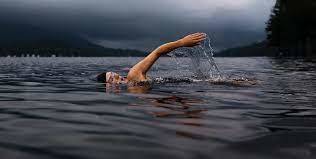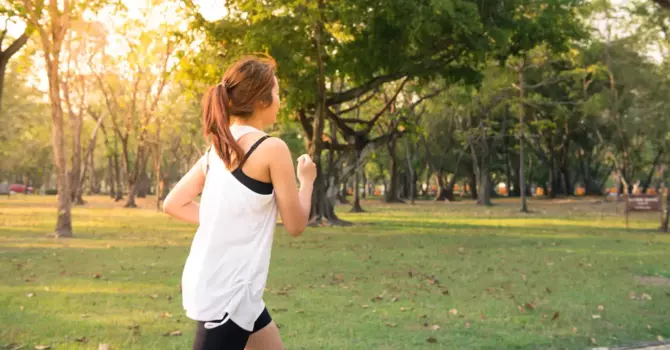
THERE HAS BEEN a huge increase in people taking up swimming over the last few years, particularly ‘wild’ swimming. For some this can be the joy of nature combined with the love of swimming, and cold water swimming appears to be beneficial for some people. For others it is the love of a challenge, increasing the time and distance spent in cold water, for others it’s triathlons and competitions.
As with most sports, in clinic we see various levels of swimmers; those who compete, triathletes, and swimmers who use the pool or local rivers and reservoirs for general fitness and improving their mental health. As to be expected, people tend to seek help when they have an injury. This can be when a race is coming up or if it has stopped them enjoying swimming. Or it can be once that injury is interfering with every day activities.
The most common injuries we see are swimmer’s shoulder and neck and knee pain associated with breaststroke in particular. First if we look at the shoulders; it is important to have full, pain free range of movement and strength. Shoulder movement involves the joint between the arm, shoulder blade and the collar bone, working together as the shoulder blade moves around the ribcage. Muscles such as the rotator cuff control the stability of the joint as the larger deltoid, pectorals and latissimus dorsi muscles support the larger range of movement and provide power as the swimmer pulls the arm through the water to propel the body. Having good leg strength will assist the body so working on hip and knee flexors and extensors and training gluteal, quadriceps and hamstring muscles will help this. When diving it is important to have good hip, knee and ankle flexibility and strength. Adding calf work to the leg strengthening will aid this.
As the body turns on its axis for front and back crawl the movement comes mainly from rotation of the thoracic or upper spine. This movement will help the shoulder performance and is also important when turning the neck to breathe. Ideally learning to breathe on both sides can help prevent and manage neck pain and headaches which can trouble swimmers.
Knee pain is often based around the inside of the knee. Doing breaststroke, the leg moves in a wide circular action placing stress on the ligament which runs between the femur and the tibia. Maintaining good mobility at the hips and knees as well as good strength and control through the gluteal, quadriceps and hamstring muscles will help manage this.
Having good connection through the body from head, upper limbs and spine to lower limbs is obviously important. Doing what is often termed core exercise helps this, using planks and Superman type exercises but adding limb movements as well.
Correct swimming technique is important to help prevent injury. Lessons are a good idea and the British Swimming website (and others) has very good tips to help with technique. Traditionally swimmers trained by increasing the length, intensity and frequency of their swims. Work out of the pool is now also done by all elite swimmers. If you are stronger you will be able to convert that strength to increased power in the water, hence faster speed.
Cross training is known to improve sports performance for children who swim, play tennis and rugby. Yoga for flexibility, HITT or running for aerobic performance and strength work for bone density and power will be useful. Dance or martial arts can be helpful too for balance and body awareness.
And as I always say, over training, sudden increases in training or competitions, too little rest, poor nutrition and, especially poor sleep, are all factors associated with injury so should be part of any discussion. My advice; dive in and enjoy it but make sure you keep strong and flexible to be able to enjoy the very best swims.
.jpg)



